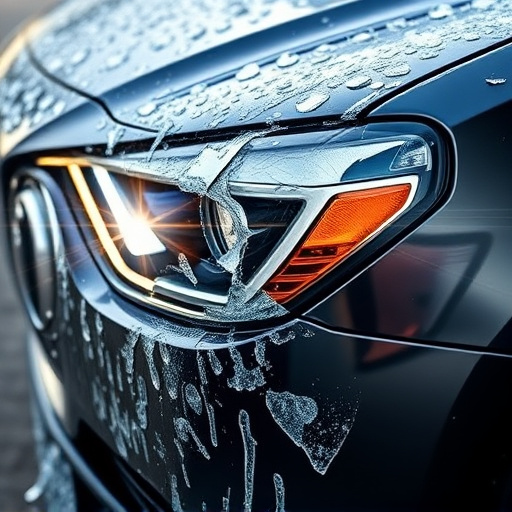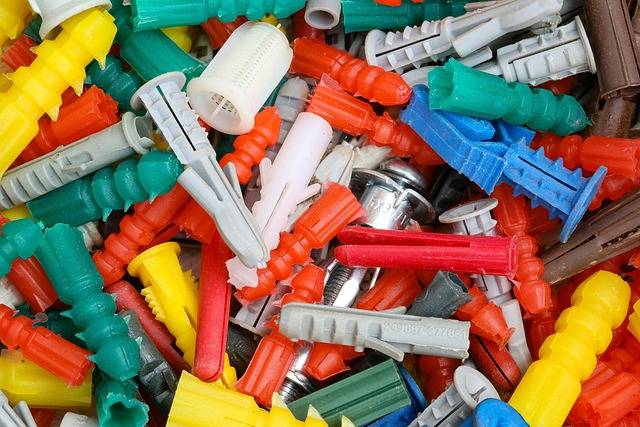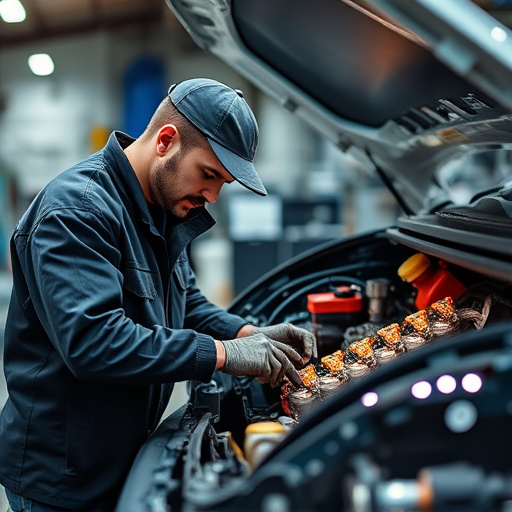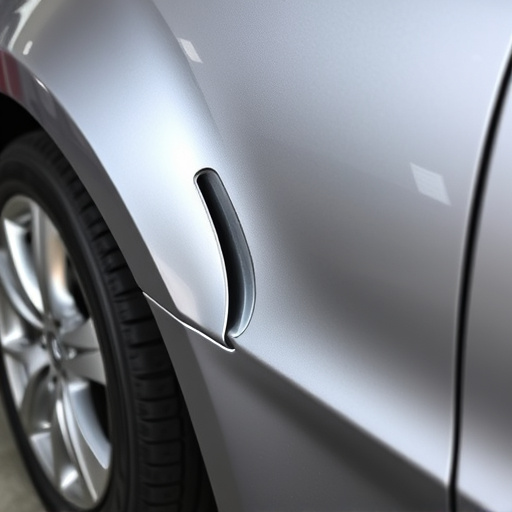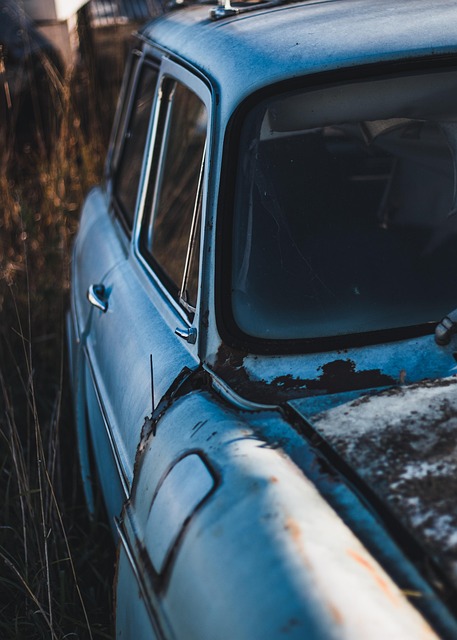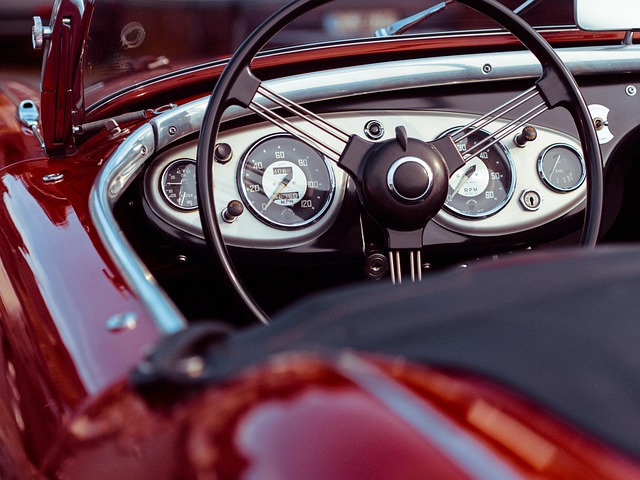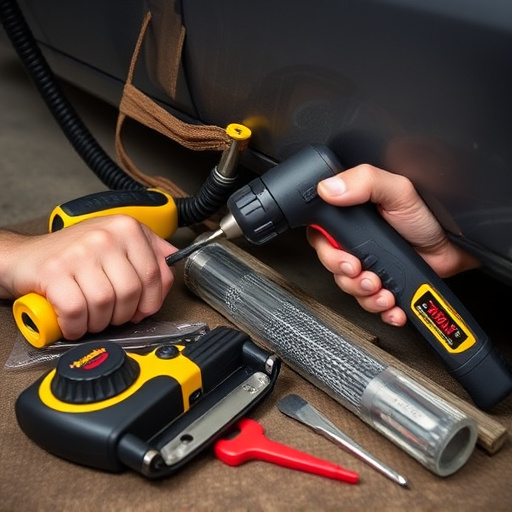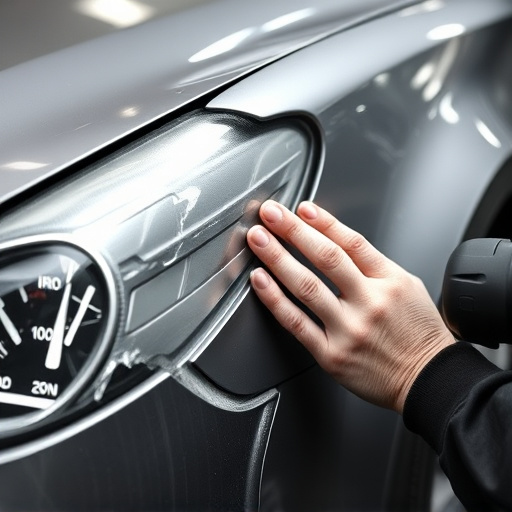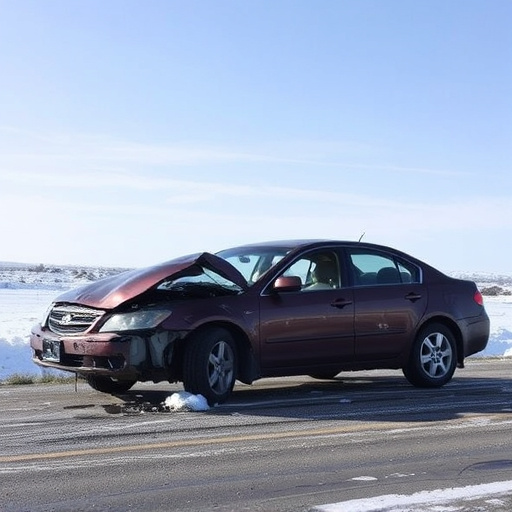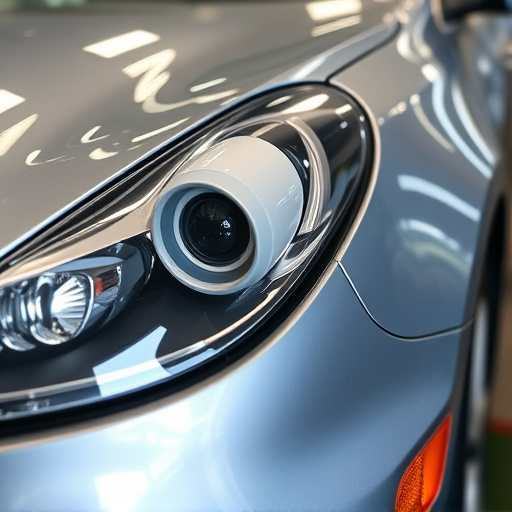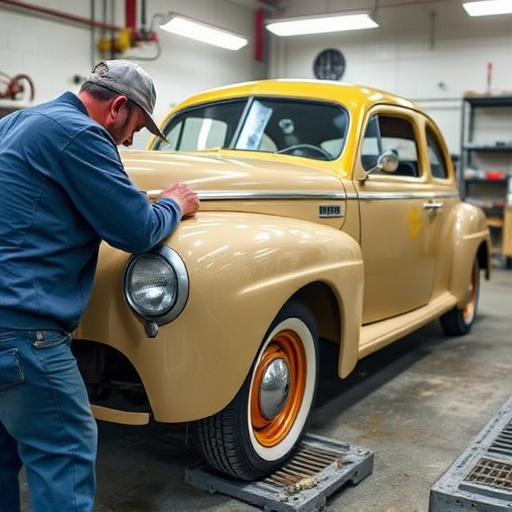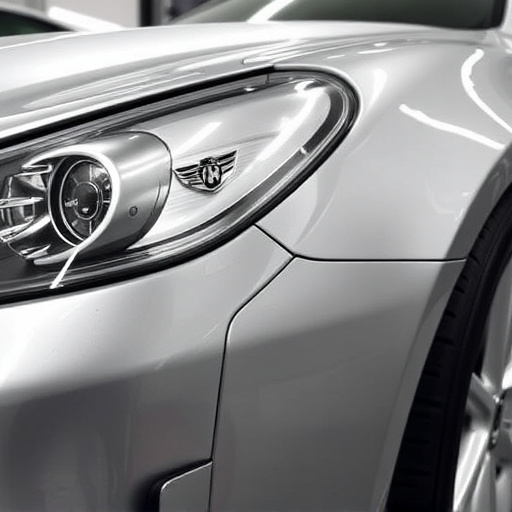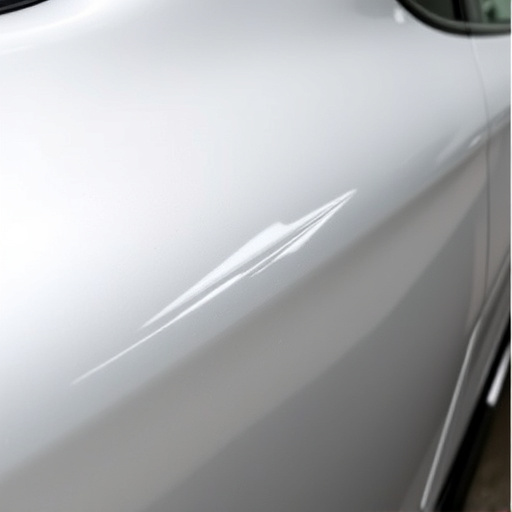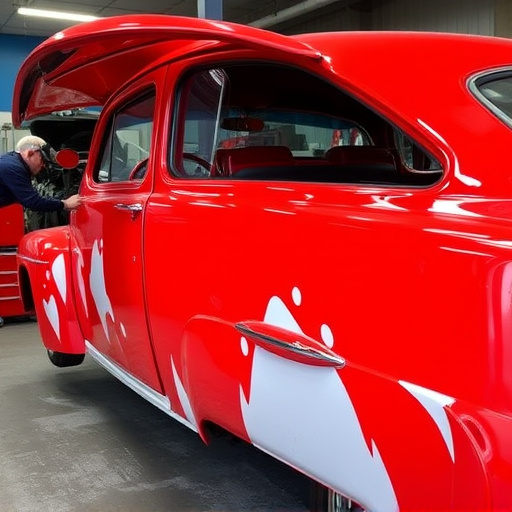Tesla's unique material choice, aluminum and steel, for vehicle construction requires specialized repair techniques during Tesla repair procedures. Aluminum repairs involve precision cutting, TIG welding, and panel alignment while steel repairs focus on MIG/spot welding and sandblasting. Stricter visual inspections, non-destructive testing, and state-of-the-art equipment ensure structural integrity, aesthetic appeal, and performance standards in Tesla repair procedures.
Tesla vehicles, renowned for their cutting-edge technology, employ both aluminum and steel in their construction. This article delves into the intricacies of Tesla repair procedures specifically tailored to these materials. We explore the motivations behind Tesla’s material choices, providing a comprehensive guide on disassembly and inspection techniques for various components. Furthermore, we detail effective repair methods and best practices unique to both aluminum and steel, empowering enthusiasts and professionals alike with essential knowledge for maintaining Tesla’s advanced designs.
- Understanding Tesla's Material Choices: Aluminum vs Steel
- Disassembly and Inspection Procedures for Components
- Repair Techniques and Best Practices for Each Material
Understanding Tesla's Material Choices: Aluminum vs Steel
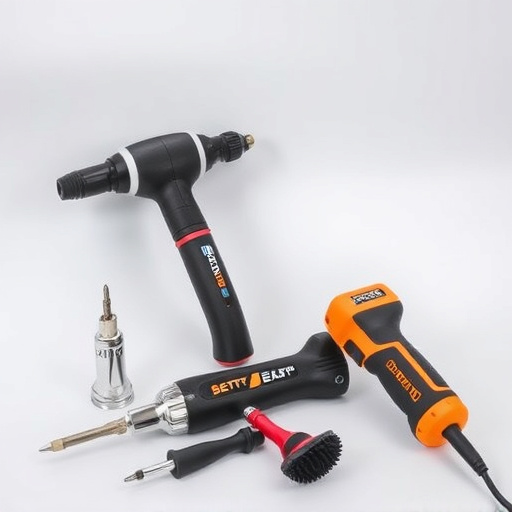
Tesla, a pioneer in electric vehicles, has always been known for its innovative design and use of advanced materials. When it comes to their vehicle construction, Tesla strategically chooses aluminum and steel as the primary materials for the chassis and body panels, respectively. This decision is not merely aesthetic but rooted in performance and sustainability goals. Aluminum offers superior strength-to-weight ratio, making vehicles lighter and more energy-efficient. On the other hand, steel provides exceptional rigidity and durability, enhancing safety features and structural integrity.
For Tesla repair procedures, understanding these material differences becomes crucial. When addressing issues related to vehicle bodywork, such as hail damage repair or vehicle paint repair, technicians must tailor their approach based on whether they’re dealing with aluminum or steel components. Each material requires specific techniques and tools for effective and precise repairs, ensuring the restored vehicle maintains its structural integrity, aesthetic appeal, and overall performance.
Disassembly and Inspection Procedures for Components
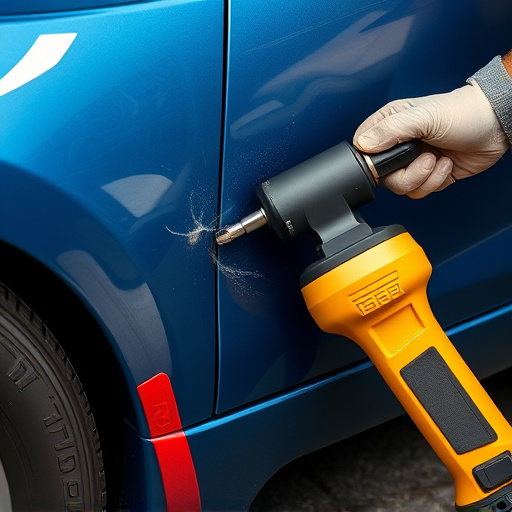
When conducting Tesla repair procedures on aluminum or steel components, proper disassembly and inspection are crucial steps that cannot be overlooked. Begin by carefully removing the affected part, utilizing specialized tools designed for these materials to prevent damage during the process. Every effort should be made to preserve the integrity of both the aluminum and steel parts, as they are key elements in Tesla’s lightweight and durable vehicle design.
Visual inspection is a critical first step, looking for any signs of damage, corrosion, or misalignment that may have contributed to the failure. Magnifying glasses or specialized lighting can aid in detecting even the subtlest defects. For more intricate components, non-destructive testing methods such as ultrasonic or X-ray examinations might be employed to ensure the part’s structural soundness without causing further harm. This meticulous approach to disassembly and inspection is vital for effective Tesla repair procedures, ensuring that the replacement or repaired component meets the vehicle’s high standards in terms of both performance and aesthetics.
Repair Techniques and Best Practices for Each Material
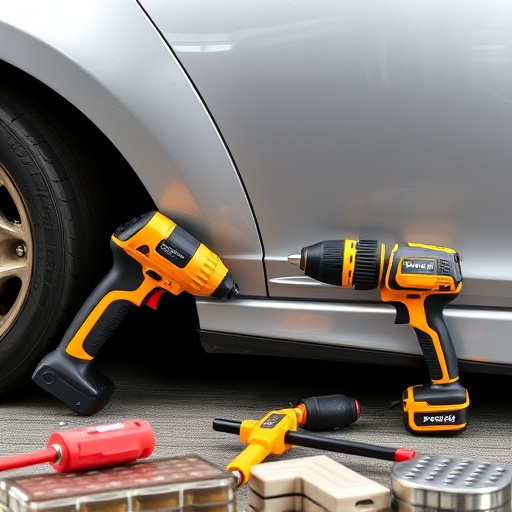
When it comes to Tesla repair procedures, understanding the nuances of repairing aluminum and steel components is paramount. For aluminum, a material known for its lightweight strength, specialized techniques like precision cutting, welding with advanced TIG (Tungsten Inert Gas) methods, and expert panel alignment are crucial. Professionals employ state-of-the-art equipment to ensure minimal expansion and contraction, preserving the vehicle’s structural integrity and aesthetic appeal.
In contrast, steel repair involves a different set of skills. Technicians utilize robust welding techniques such as MIG (Metal Inert Gas) or spot welding to join steel parts together. Proper surface preparation, including sandblasting for optimal adhesion, is essential before applying high-quality car paint services. The focus here is on strength and durability, ensuring that the Tesla’s structural components are restored to their original specifications, comparable to top-tier automotive collision repair standards.
Tesla’s innovative use of aluminum and steel in its vehicle construction presents unique challenges and opportunities for repair. Understanding the nuances of these materials, from their disassembly and inspection to adopting tailored repair techniques, is crucial for ensuring structural integrity and maintaining the original quality. By mastering Tesla repair procedures, technicians can effectively work with both aluminum and steel components, contributing to the longevity and performance of these advanced electric vehicles.
